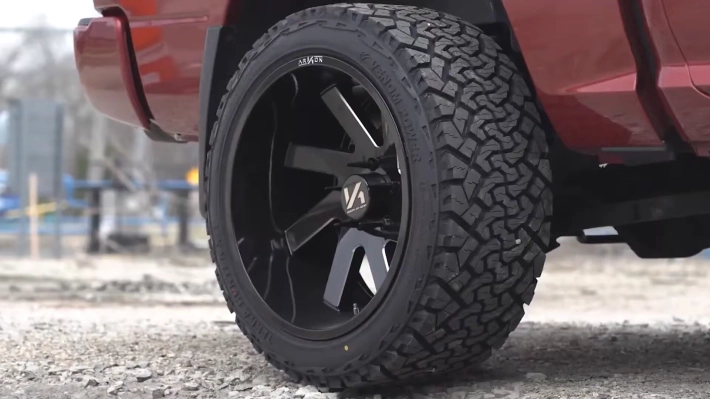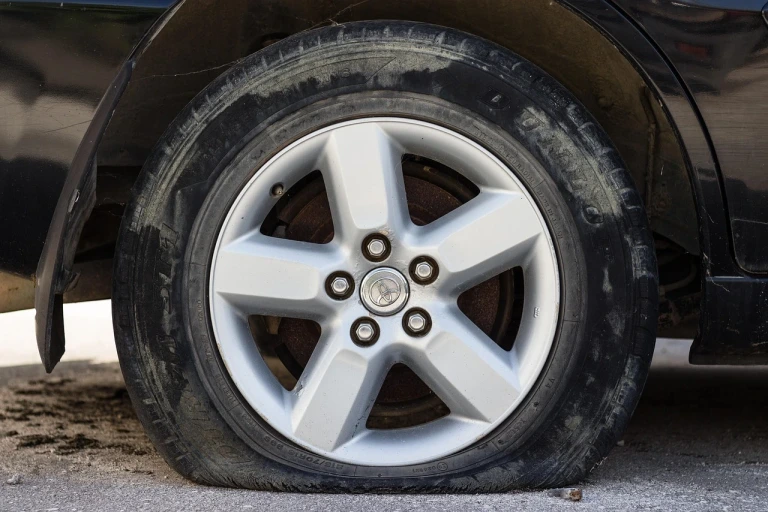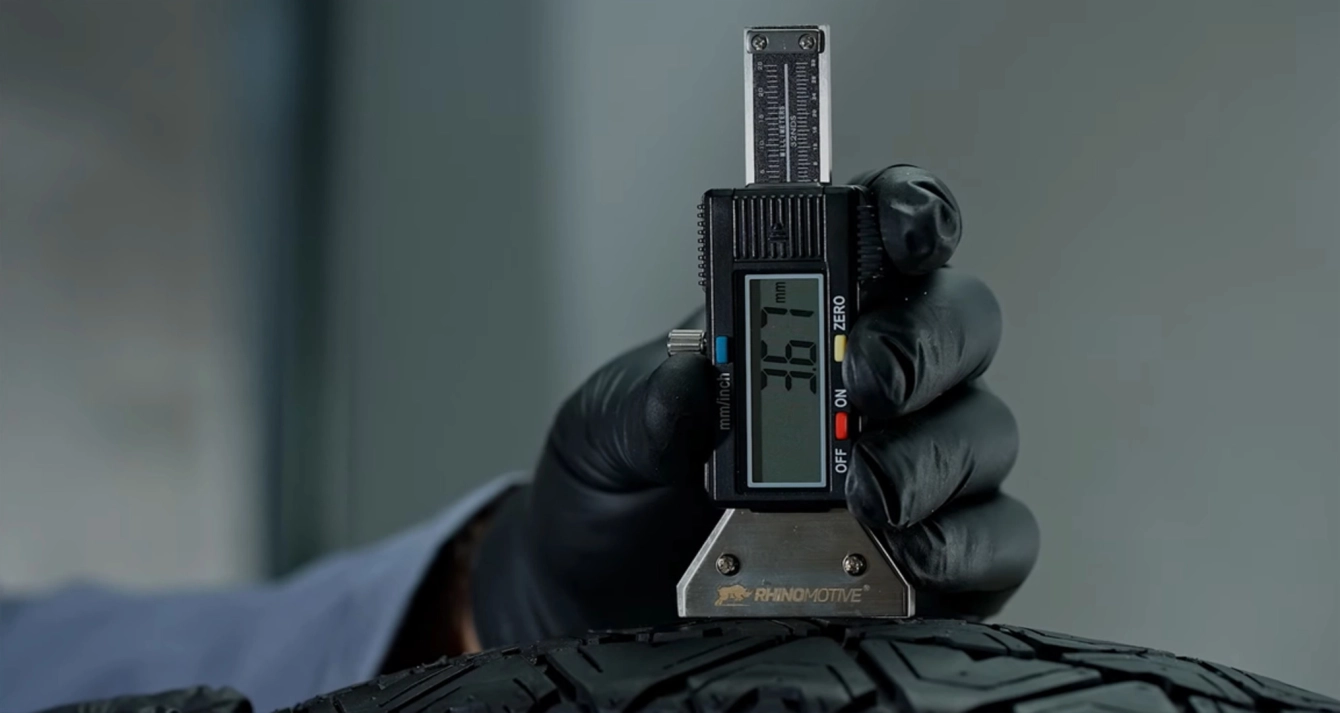Few things are more frustrating than discovering a flat tire when you’re ready to hit the road. It immediately raises questions: Did I hit something on the road? Is my tire simply worn out? Or worse—did someone deliberately slash it?
Online forums and social media are filled with similar stories, where people express their frustration and confusion about how to identify the cause and what to do next. These incidents aren’t just inconvenient; they can be costly and even unsafe if not handled properly.
Understanding why tires get slashed is the first step to tackling this problem. Tire vandalism is often a deliberate act, sometimes driven by personal grudges or random malicious intent. Such acts frequently occur in poorly lit or secluded areas, making parked vehicles easy targets. The damage isn’t always obvious at first glance, which adds to the uncertainty and frustration many people feel when dealing with a flat tire.
In this article, we’ll dive into the telltale signs of a slashed tire, explore how to confirm whether your tire was slashed, and discuss what steps you should take if it happens. We’ll also provide practical tips for protecting your vehicle and ensuring your safety. Let’s unpack this issue and give you the tools to handle it effectively.
Common Signs Your Tire Was Slashed
Slashed tires exhibit distinct characteristics that differentiate them from other causes of deflation, like punctures or natural wear. Here are the key indicators:
- The presence of Sharp, Straight Cuts
A slashed tire typically features clean, straight cuts caused by a sharp object like a knife. These cuts often appear on the tire’s sidewall but can also occur on the tread. Unlike punctures caused by nails or screws, slashes usually appear in a deliberate pattern or location.
- Rapid Deflation
While punctures from nails or screws can cause a slow leak, slashing leads to immediate or rapid deflation. If you parked your car with fully inflated tires and returned to find one completely flat, slashing might be the culprit.
- Location of Damage
Slashed tires are often targeted on the sidewalls, a vulnerable area that isn’t in direct contact with the road. This location makes it easier for someone to slash the tire without detection. By contrast, road debris typically damages the tread area.
- Lack of Embedded Debris
Punctures from road hazards usually leave foreign objects like nails, screws, or glass embedded in the tire. If no such object is present, and the cut appears intentional, slashing is more likely.
Always inspect the entire tire thoroughly, including the sidewalls and tread. Missing signs of damage could lead to unexpected tire failure, putting you and other drivers at risk.
Steps to Confirm a Slashed Tire
Before jumping to conclusions, it’s important to thoroughly inspect the tire:
- Examine the Cut’s Depth and Shape
Slashing: Cuts are often deep, sharp, and straight.
Accidental Damage: Tears from road hazards or wear tend to be jagged or irregular.
- Check for Multiple Cuts
Vandals may slash more than one tire. Inspect all tires for similar damage patterns. Consistency in the size and placement of cuts is a strong indicator of intentional slashing.
- Look for Additional Signs of Vandalism
If someone slashed your tire, they may have caused other damage to your vehicle, such as scratches on the paint or broken windows. Document all signs of tampering.
Tampering with a vehicle may go beyond slashed tires. Check for potential sabotage to other critical components like brake lines or lug nuts, which could jeopardize your safety.
What to Do If Your Tire Was Slashed
If you suspect your tire was deliberately damaged, here are the steps to take:
- Document the Evidence
Take clear photos of the damaged tire and any other signs of vandalism. Include multiple angles to capture the extent of the damage. These photos can be useful for police reports and insurance claims.
- Contact the Authorities
File a police report, especially if you believe the act was intentional. Even if you don’t have immediate suspects, reporting the incident creates an official record and can help identify patterns of vandalism in your area.
- Notify Your Insurance Company
If you have comprehensive coverage, your auto insurance may cover the cost of a replacement tire. Provide them with the police report and photographic evidence to expedite your claim.
- Replace the Tire Safely
Do not attempt to drive on a slashed tire, as it can cause further damage to your vehicle and compromise your safety. Use a spare tire temporarily or have your car towed to a professional tire shop for replacement.
Always ensure the replacement tire matches the specifications of your vehicle. Mismatched tires can lead to uneven wear, reduced handling, and safety risks during high-speed driving.
Preventing Tire Slashing
While it’s impossible to eliminate all risks, you can take steps to reduce the chances of becoming a victim of tire vandalism:
- Park in Safe, Well-Lit Areas
Tire slashing often occurs in poorly lit or secluded areas. Whenever possible, park your vehicle in a well-lit, high-traffic location or inside a garage.
- Install Security Cameras
If you park near your home, consider installing outdoor security cameras. Visible cameras can deter potential vandals and provide valuable evidence if an incident occurs.
- Use Tire Protection Devices
Anti-theft tire locks and rim protectors are security devices designed to prevent unauthorized removal or tampering with your vehicle’s wheels and tires. They will provide higher safety and make it harder for vandals to access and damage your tires.
Regularly check your vehicle for signs of tampering, even with protective measures in place. Vandals may attempt to circumvent security devices, and early detection can prevent further issues.
Why Identifying the Cause Matters
Determining whether your tire was slashed or damaged by accident isn’t just about curiosity—it’s about taking the right course of action. Intentional damage may require legal and insurance interventions, while accidental damage simply calls for a quick repair or replacement.
By knowing what to look for and how to respond, you can handle the situation effectively and protect yourself from future incidents. If you’ve experienced tire vandalism, don’t hesitate to take action and implement preventative measures. After all, your safety and peace of mind are worth the effort!








